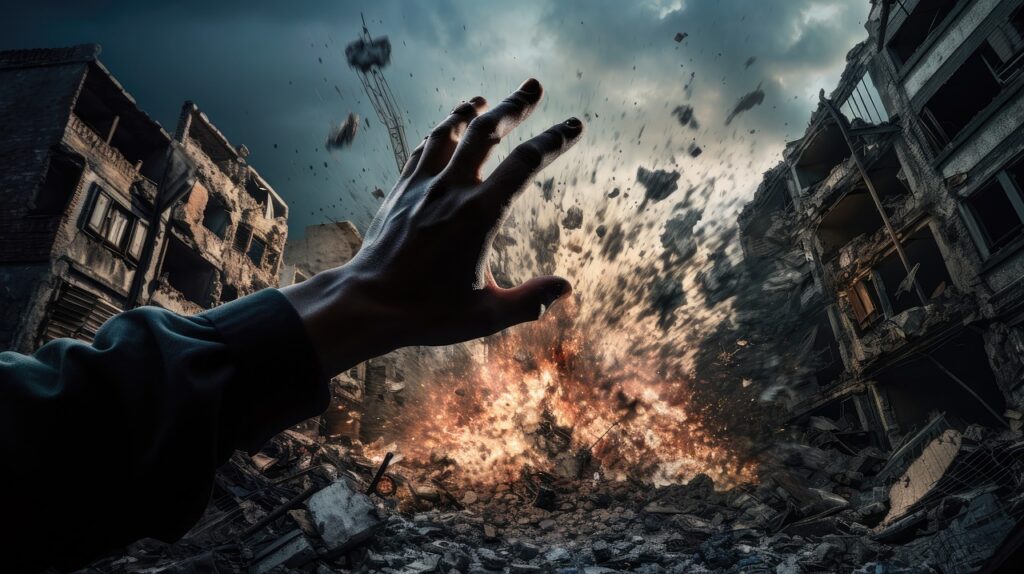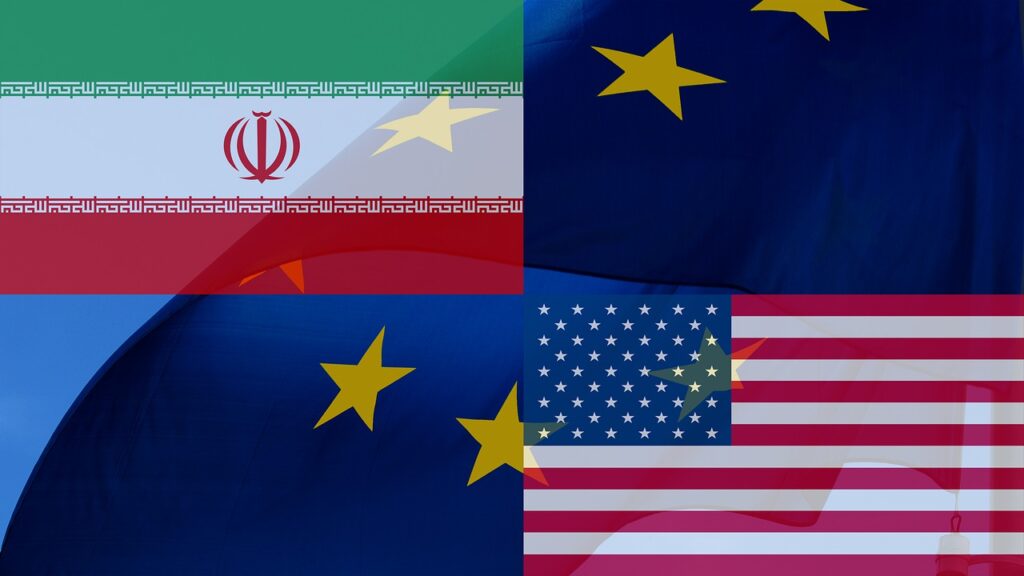On January 3, 2024, there were bomb blasts in Iran, causing a tragic event with almost 95 people dead and over 250 injured. It was the biggest explosion since Iran became a republic. The incident occurred during a gathering on the fourth anniversary of the death of Qasem Soleimani, who was killed by the U.S. on January 3, 2020.
On the fourth anniversary of the assassination of Iranian general Qasem Soleimani, at least 95 people were killed in two bomb explosions near his tomb. The incident occurred during a procession near the Saheb al-Zaman mosque in the city of Kerman. Many others were wounded in the blasts.

Iran’s Supreme Leader, Ayatollah Ali Khamenei, promised a strong and harsh response to the “terrorist attack” that occurred.
As per the latest reports first bomb went off at 3:00 PM local time near the Saheb al-Zaman mosque in Kerman, about 700 meters from the Garden of Martyrs cemetery. The second explosion occurred 15 minutes later, about 1 kilometer away, targeting those who had evacuated from the initial blast.
Qasem Soleimani, a prominent Iranian military figure, was killed in a drone airstrike at Baghdad airport on January 3, 2020. He held significant influence in Iran, second only to the supreme leader. His death heightened tensions between Iran and the United States, raising concerns about a potential direct military confrontation. Despite fears, a large-scale conflict did not materialize. The incident remains a key event in the complex relationship between the two nations.

Donald Trump, the President of the United States at the time, declared Qasem Soleimani as a significant adversary, expressing the intent to eliminate him. Prior attempts by the U.S. to assassinate Soleimani were unsuccessful. On January 3, 2020, luck ran out for Soleimani as a successful U.S. drone strike at Baghdad airport resulted in his death. This event was labeled by experts as an act of terrorism by the United States. The incident marked a critical moment in U.S.-Iran relations.
Who is responsible to the blast?
The US has denied involvement in the blast, and US has also guaranteed that Israel are not connected to the incident.
Initially, suspicions for the attack pointed towards the US and Israel, both considered as Iran’s enemy nations.
Let’s unfold the relationship between Iran and US
Certainly! The relationship between Iran and the United States has been complex and often strained. Here’s a simplified breakdown:
1. Historical Context:
Before 1979: Iran and the US had relatively good relations. The US supported Iran’s modernization efforts under the Shah.
1979 Revolution: Iran underwent an Islamic Revolution, leading to the establishment of an Islamic Republic. The US embassy in Tehran was seized, and diplomatic ties severed.
2. Hostage Crisis:
1979-1981: Fifty-two Americans were held hostage for 444 days after the embassy takeover. This event soured relations further.
3. Iraq-Iran War:
1980-1988: The US supported Iraq in its war against Iran, contributing to a strain in bilateral ties.
4. Nuclear Issue:
2002 onwards: Concerns over Iran’s nuclear program heightened tensions. The US accused Iran of pursuing nuclear weapons, leading to sanctions and international scrutiny.
5. JCPOA Agreement:
2015: The Joint Comprehensive Plan of Action (JCPOA) was reached, limiting Iran’s nuclear activities in exchange for sanctions relief. However, the US withdrew from the agreement in 2018, straining relations again.
6. Regional Conflicts:
Involvement in Middle East: Iran and the US have conflicting interests in regional conflicts, such as in Syria and Yemen, contributing to ongoing tensions.
7. Assassination of Qasem Soleimani:
2020: The US killed Iranian General Qasem Soleimani, escalating tensions and prompting threats of retaliation from Iran.
8. Ongoing Challenges:
Sanctions: The US has imposed various economic sanctions on Iran, impacting its economy.
Diplomatic Struggles: Both nations have struggled to find common ground on various issues, leading to a continued state of tension.

In essence, the relationship has been marked by historical events, ideological differences, and geopolitical conflicts, creating a complex and often adversarial dynamic between Iran and the United States.
Now turn to the relationship between Iran and Israel
The relationship between Iran and Israel has been historically strained and characterized by hostility. The animosity between the two countries is rooted in geopolitical, religious, and ideological differences.
Key points regarding the Iran-Israel relationship:
- Geopolitical Tensions: Iran and Israel are situated in a region with complex geopolitical dynamics. Both countries have competing interests and are involved in various conflicts that contribute to their strained relations.
- Religious and Ideological Differences: Iran is an Islamic Republic with a predominantly Shiite Muslim population, while Israel is a Jewish-majority state. This religious and ideological contrast has been a source of tension.
- Israeli-Palestinian Conflict: One of the primary sources of contention is the Israeli-Palestinian conflict. Iran has been a vocal supporter of the Palestinian cause, providing support to groups like Hamas and Hezbollah, which are viewed as adversaries by Israel.
- Nuclear Program Concerns: Israel has expressed concerns over Iran’s nuclear program, suspecting that Iran may be developing nuclear weapons. This has led to international tensions and prompted Israel to lobby for strict measures, including sanctions, against Iran.
- Rhetorical Hostility: Leaders from both countries have, at times, engaged in harsh rhetoric against each other. Iranian leaders have questioned Israel’s right to exist, while Israeli leaders have expressed concerns about Iran’s intentions in the region.
In summary these incidences and relationship conflicts led to Iran’s suspicion that the U.S. and Israel may be involved in terror attacks. That may be right or wrong.
- How ideology shapes society?
- The Story of Razia Sultana- the first female ruler of the Delhi Sultanate
- Why is America a Superpower?
- Huge Massacre in Bangladesh
- The problem of unemployment in India
